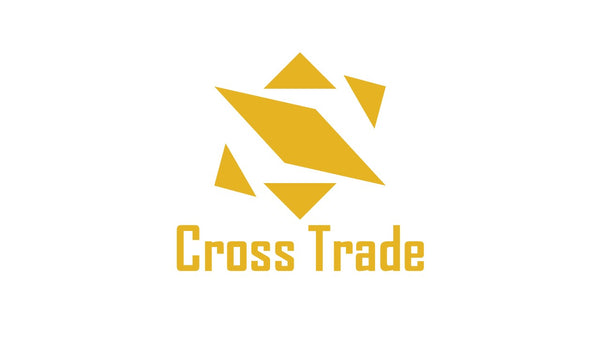Talking about Made in Africa (Kenya)
Today I would like to tell you about the quality of Made in Afrika (Kenya) products.
This is the story of when I traveled to Nairobi, Kenya for the first time in August 2023 without any connections and visited over 30 apparel shops in hopes of finding a partner.
Nairobi also has shopping malls, such as Village Market and Junction Mall. They have a mix of select shops and fast fashion stores, so I researched those areas. I also researched shops in the suburbs.

Actually, I have fond memories of being caught by the police on the way.
(I didn't do anything particularly wrong, so I wonder if this was an unjust arrest, but I'll talk about that separately.)
I also took a look at a fashion exhibition called "FLUID."

 Famous Kenyan brands such as METAMORPHISIZED were also exhibiting.
Famous Kenyan brands such as METAMORPHISIZED were also exhibiting.
There were about 10 exhibitors, and I checked the quality of each exhibit.
Hmm...
There are also misaligned stitches, crooked lines, and stitching pinches. The key to success is the design.
I thought about selling in Japan and realized it would be difficult, but I'll contact you to do some research.
"Now that the coronavirus pandemic is over, I want to focus solely on the domestic market," he replied.
Next, we went to Kiko Romeo, located in the upscale residential area of Lavington.
Kiko Romeo is a high fashion brand that was founded about 30 years ago and uses recycled Kenyan kikoi (traditional fabric) and hand-dyed fabrics, and exports worldwide.
Founder Ann said that although Japanese customers rarely come to the store, she recently had the opportunity to exchange information with Yuima Nakazato .
We checked the quality here as well. The stitching was fine, but the retail price seemed too high. We were then introduced to David Abeid, a designer who is involved in socially sustainable activities. The cafe attached to Kikolomeo is staffed by a hearing-impaired person, who served us with attentive service, making for a pleasant experience.
We then went to David's workshop in Kibera slum, the largest slum in Africa.

The stitching was much better than other Nairobi products, so I asked about the concept behind their production.
"We are trying to make use of the talents of everyone in the community and have local people create the products. We instruct them to pay the utmost attention to quality," he said.
The staff member making the product that day was a hearing-impaired woman living in Kibera.
Believing that David Abeed's products could be trusted, I approached them directly about exclusive sales.
As we talked, he drank a mysterious liquid in a plastic bottle that he found in a slum shack, and was fine!? He came to trust us, and we decided to carry his products.
Regarding the "Made in Africa (Kenya)" aspect, my research showed that, with the exception of a few brands, atelier brands have strict standards for quality. On the other hand, I got the impression that ateliers that export to overseas markets, such as Kikolomeo, carefully check the quality of their products.
However, I also think that the "bland flavor" is what makes African produce so appealing.
"Quality? Don't worry about that.
Colors and shapes are all mixed together boldly.
It's unknown what you can do, you'll only know when you try.
It's the same with life, right?"
This is the question that comes to mind when we look at African products.
It's difficult to do everything perfectly.
So what do you look for in a product?
This journey of quality checks and partner search made me think about these things.
